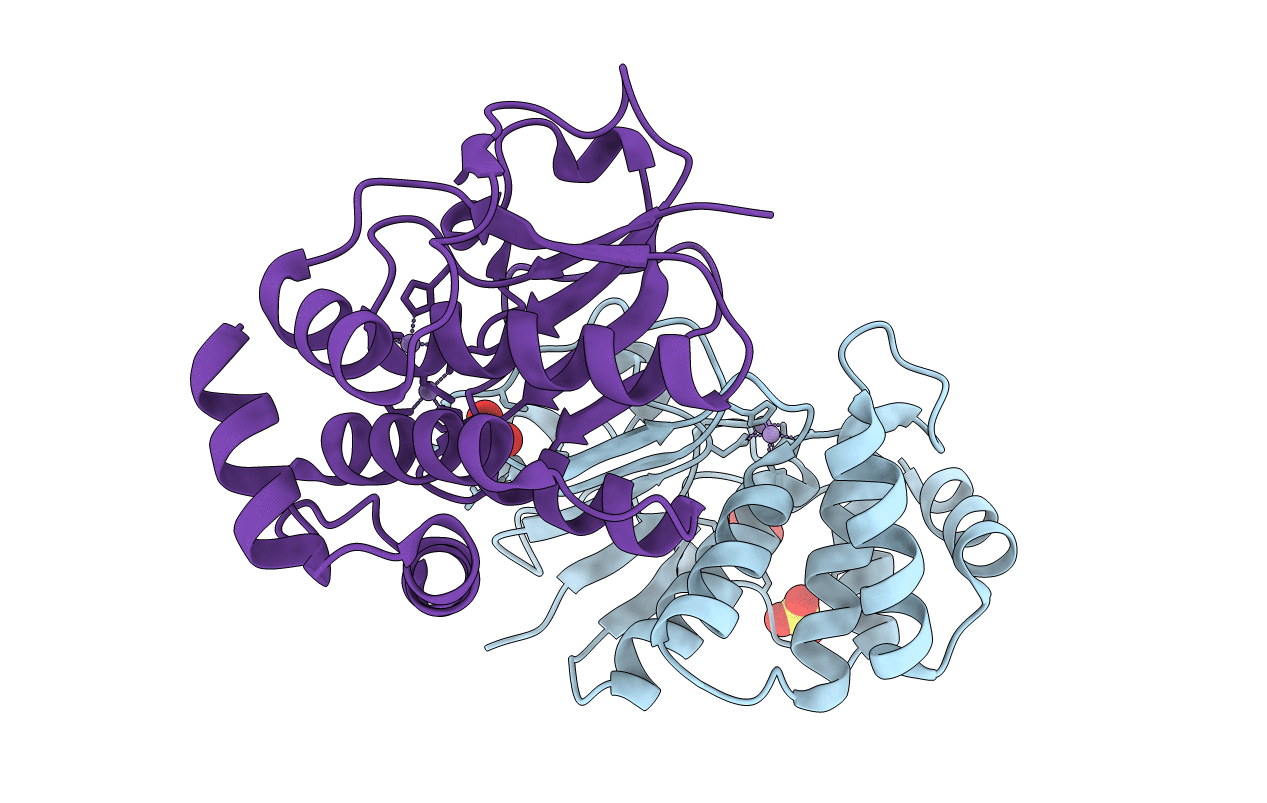
Deposition Date
2004-09-09
Release Date
2004-11-23
Last Version Date
2024-03-13
Entry Detail
PDB ID:
1WPN
Keywords:
Title:
Crystal structure of the N-terminal core of Bacillus subtilis inorganic pyrophosphatase
Biological Source:
Source Organism:
Bacillus subtilis (Taxon ID: 1423)
Host Organism:
Method Details:
Experimental Method:
Resolution:
1.30 Å
R-Value Free:
0.16
R-Value Work:
0.13
R-Value Observed:
0.14
Space Group:
P 1 21 1


